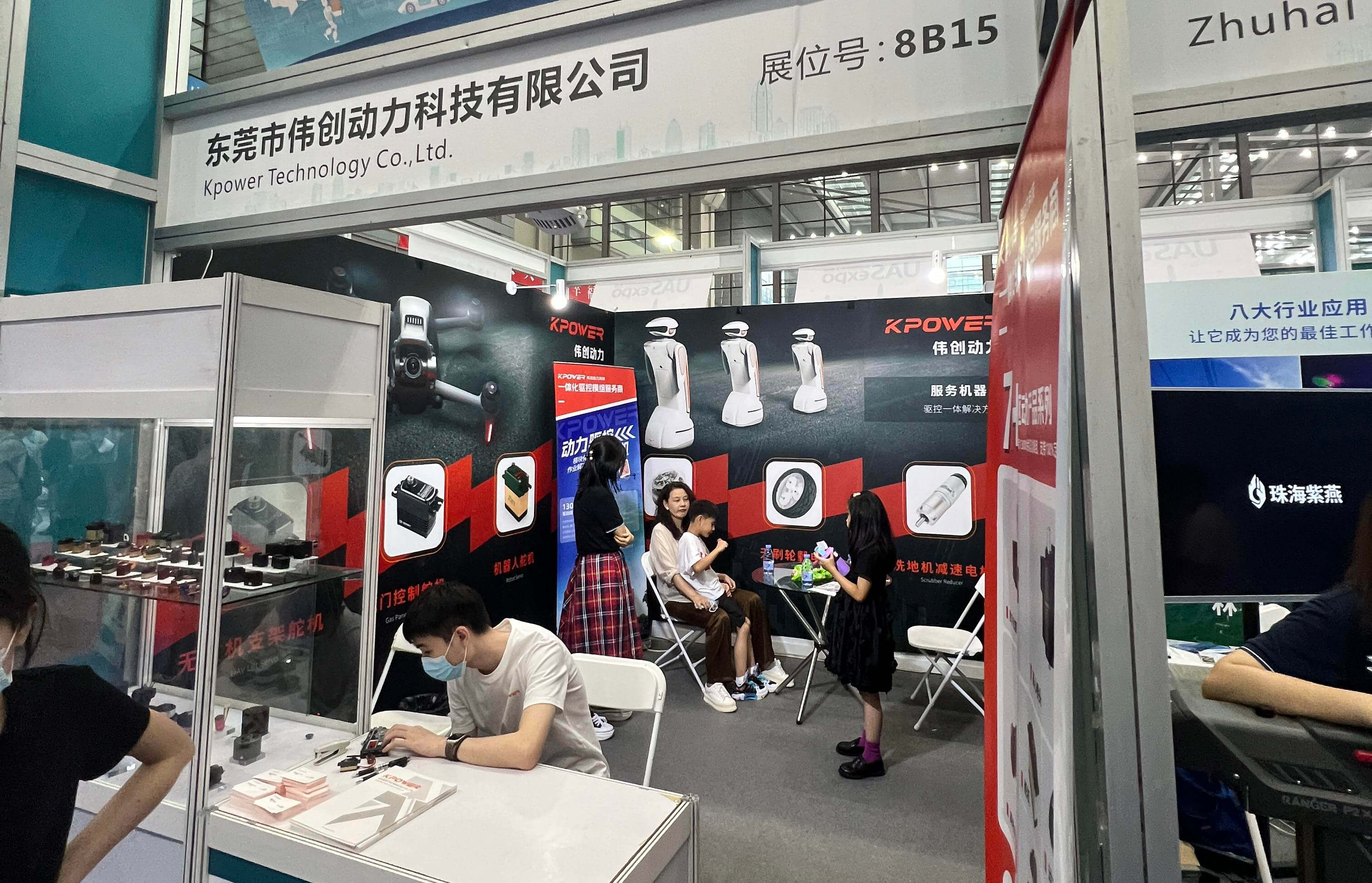Imagine you're on a journey trying to craft a system flexible enough to grow with your business. You want modularity, easier updates, and the ability to handle bursts of traffic without breaking a sweat. That’s where microservice architecture in Java kicks in—like a well-organized toolbox, each tiny part building your bigger picture seamlessly.

Microservices break down complex applications into smaller, autonomous pieces. Think of it as transforming a giant, overloaded factory into multiple streamlined workshops. Every workshop has its specialty—handling user authentication, processing payments, managing orders. Because they're separate, you can update or troubleshoot one without shutting down the entire operation. It’s a game-changer for scalability and agility.
Java, with its vast ecosystem and mature framework support, is often the go-to language for microservice development. Why? Java’s stability makes it a favorite for enterprise-level apps. Spring Boot, for instance, acts like a skilled chef—quickly whipping up robust microservices with minimal fuss. Need a service to manage user sessions? Spring Boot can spin that up in minutes. Want to handle high loads—say, during Black Friday sales? Java’s multithreading capabilities ensure your services keep pace, smoothly handling the surge.
But here’s the kicker—building microservices isn’t just about throwing a bunch of code together. It’s about designing for communication, fault tolerance, and future expansion. RESTful APIs are common, providing lightweight, easy-to-understand channels for services to talk. Do you need services to be resilient? Using circuit breakers like Hystrix keeps things running even when one part hits a snag.
One might wonder, “Does it really make a difference in real-world scenarios?” Absolutely. Take an e-commerce platform—if a new payment gateway launches, it can be integrated as a separate microservice. No need to overhaul everything. Or consider a fintech app that has to process thousands of transactions per second; microservices automatically lend a hand with horizontal scaling and fault isolation.
And let's be honest—adopting microservices in Java isn’t just about technical perks. It’s about peace of mind knowing your platform can evolve effortlessly, respond quickly to market demands, and maintain high availability. You’re not just building a system; you’re creating a resilient ecosystem.
So, when thinking about how to modernize or scale, ask yourself: Do I want a monolith that’s mighty but rigid, or a flexible suite of microservices built with Java that adapts and grows with me? Your choice isn’t just technical; it’s strategic. Building microservice code in Java isn’t just a trend. It’s a thoughtful way to future-proof your digital solutions.
Established in 2005, Kpower has been dedicated to a professional compact motion unit manufacturer, headquartered in Dongguan, Guangdong Province, China. Leveraging innovations in modular drive technology, Kpower integrates high-performance motors, precision reducers, and multi-protocol control systems to provide efficient and customized smart drive system solutions. Kpower has delivered professional drive system solutions to over 500 enterprise clients globally with products covering various fields such as Smart Home Systems, Automatic Electronics, Robotics, Precision Agriculture, Drones, and Industrial Automation.




































